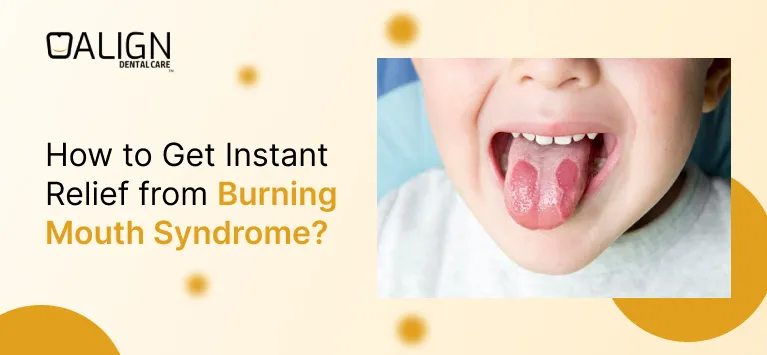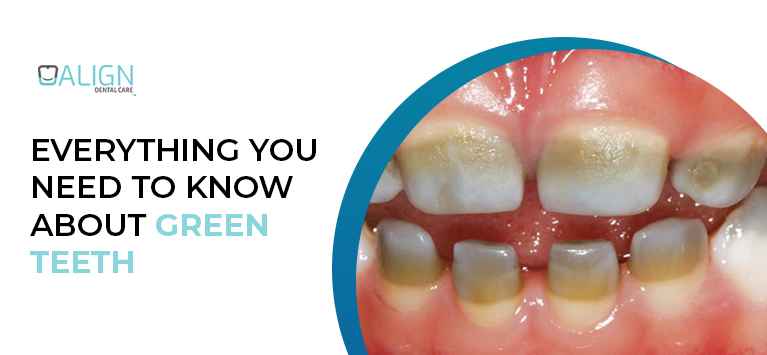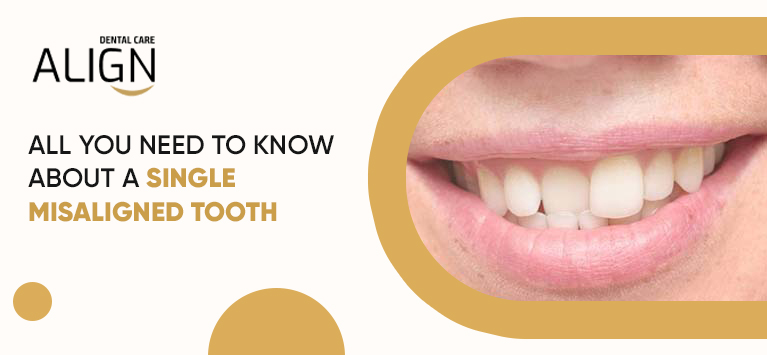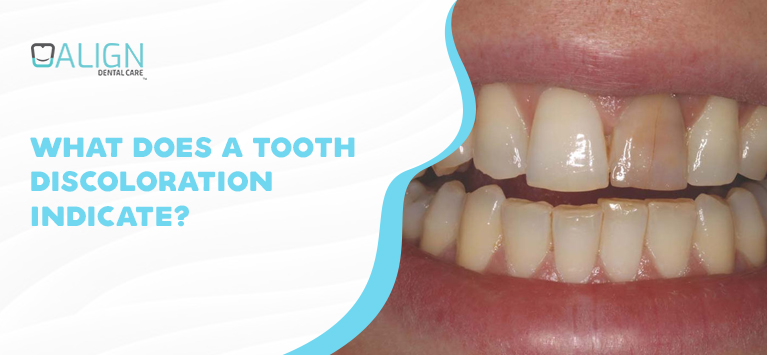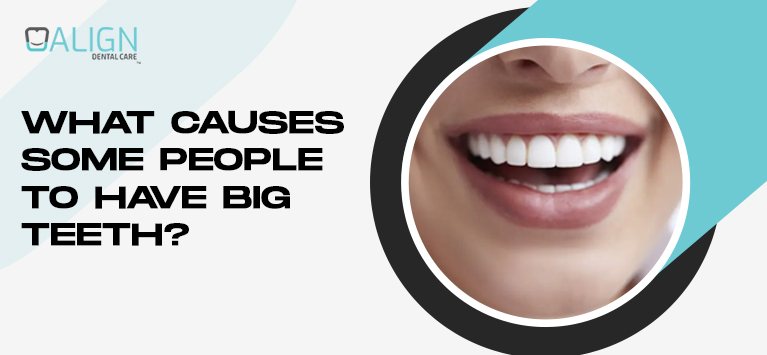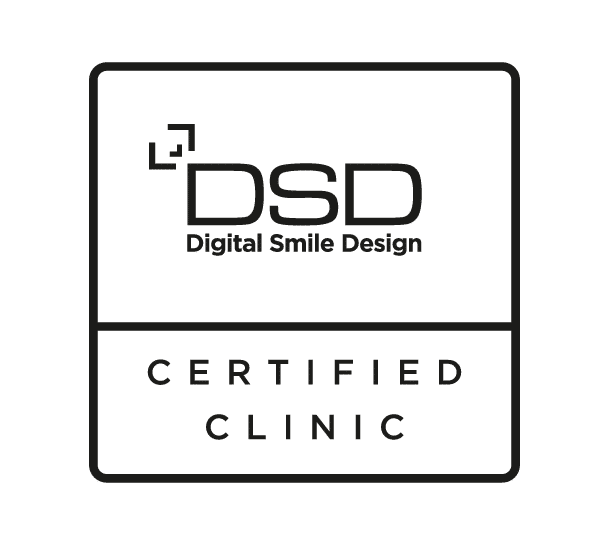
Zoom Teeth Whitening – The advanced & safe option to restore your pearly white smile
Amongst the numerous solutions available for teeth whitening, you will choose the procedure that is highly effective, smooth & time-efficient. Right?
You might aware of laser teeth whitening to revamp your teeth’ natural color efficiently and quickly. Nowadays, cosmetic dentists prescribe a sophisticated approach called “Zoom teeth whitening” for dental bleaching. It will be the perfect choice for people who have stubborn stains that cannot be breached with traditional whitening solutions.
Moreover, it holds various amenities like whitening up to 8 shades, reaching all teeth simultaneously, no long-term side effects, etc. Do you want to know more about this treatment? Keep reading.
Table of Contents
What is involved in the zoom whitening procedure?
A standard zoom teeth whitening treatment encompasses 2 to 3 sessions and each one lasts up to 15 minutes. A session involves the process of applying a whitening gel and exposing it to a special light. It means the treatment is completed within 30 to 60 minutes.
The treatment begins with a consultation. While accessing the stains and teeth condition, a cosmetic dentist would ask about your lifestyle habits, existing oral or bodily disorders, and hygiene. It helps the doctor to sketch a customized treatment plan so that you will not suffer from any allergies or side effects subsequently.
After that, the dentist covers the lips and gums with a protective appliance to conceal the tissues from zoom light utilized in the treatment.
The dentist applies zoom whitening gel that contains hydrogen peroxide over the teeth. Now the zoom light emitted from a special lamp is focused on the teeth. The blue light activates the bleaching chemicals and empowers the gel to penetrate the enamel and dentin to rupture the stains. Cosmetic dentists refer the process of applying a whitening gel and exposing it to a special light as a session.
If the discolorations are adamant, then the patient needs another session. It means the dentist re-applies the whitening solution, exposes it to the zoom light for 15 minutes.
Once the whitening sessions are over, your dentist would apply a fluoride-paste gel to reduce sensitivity.
Is at-home zoom whitening solution available?
Yes. You can get custom whitening trays called “Zoom Daywhite” and “Zoom Nightwhite” for whitening at home. You have to wear the daywhite tray for 1 to 1.5 hours during daytime and the nightwhite tray while sleeping.
The steps involved in using at-home zoom whitening trays include:
- You should brush and floss your teeth before wearing the trays.
- Add a small amount of the whitening gel to the tray.
- Wear the tray over your teeth for the specified duration.
- Once you remove the trays, wash them with cold water.
- Brush and rinse well your mouth to remove the bleaching agent’s residues.
What can I expect after getting zoom teeth whitening treatments?
You can restore your radiant, pearly white smile in a short span through zoom whitening. The in-office Zoom whitening treatments do not damage your teeth but they have mild complications like sensitivity, aching feel in teeth but they subside in a few days.
Note: You should be very careful and use the prescribed amount of bleaching gel while using at-home zoom whitening trays. It is because excessive use of zoom whitening gel and improper wearing of the trays can hurt your teeth enamel.
Can everyone get zoom whitening treatment?
Cosmetic dentists do not suggest this bleaching treatment for the following people due to various reasons:
- Pregnant women
- Lactating women
- Gum disease patients
- People who have excessively damaged enamel
- People with chronic sensitivity
Bottom line
Zoom whitening is the modern approach to restore the natural whiteness of our teeth and it is powerful to break down stubborn stains quickly. Despite the whitening effects lasting for years, they are not permanent.
If you want to elongate its longevity, you should give up smoking, avoid certain foods & drinks, reduce beverage intake, and should follow your dentist’s aftercare instructions.






